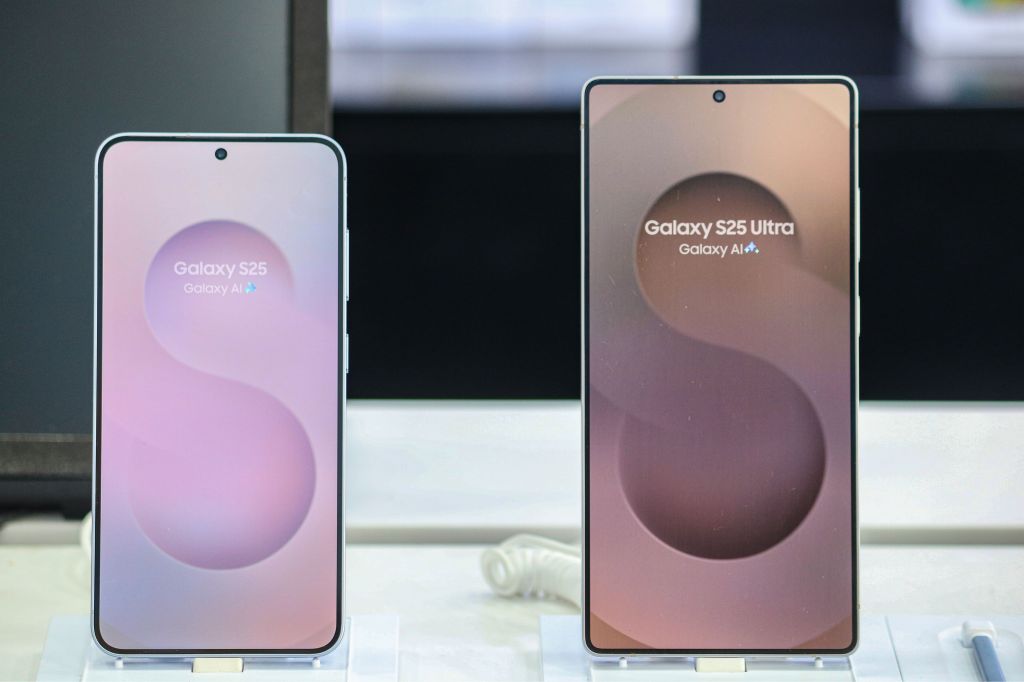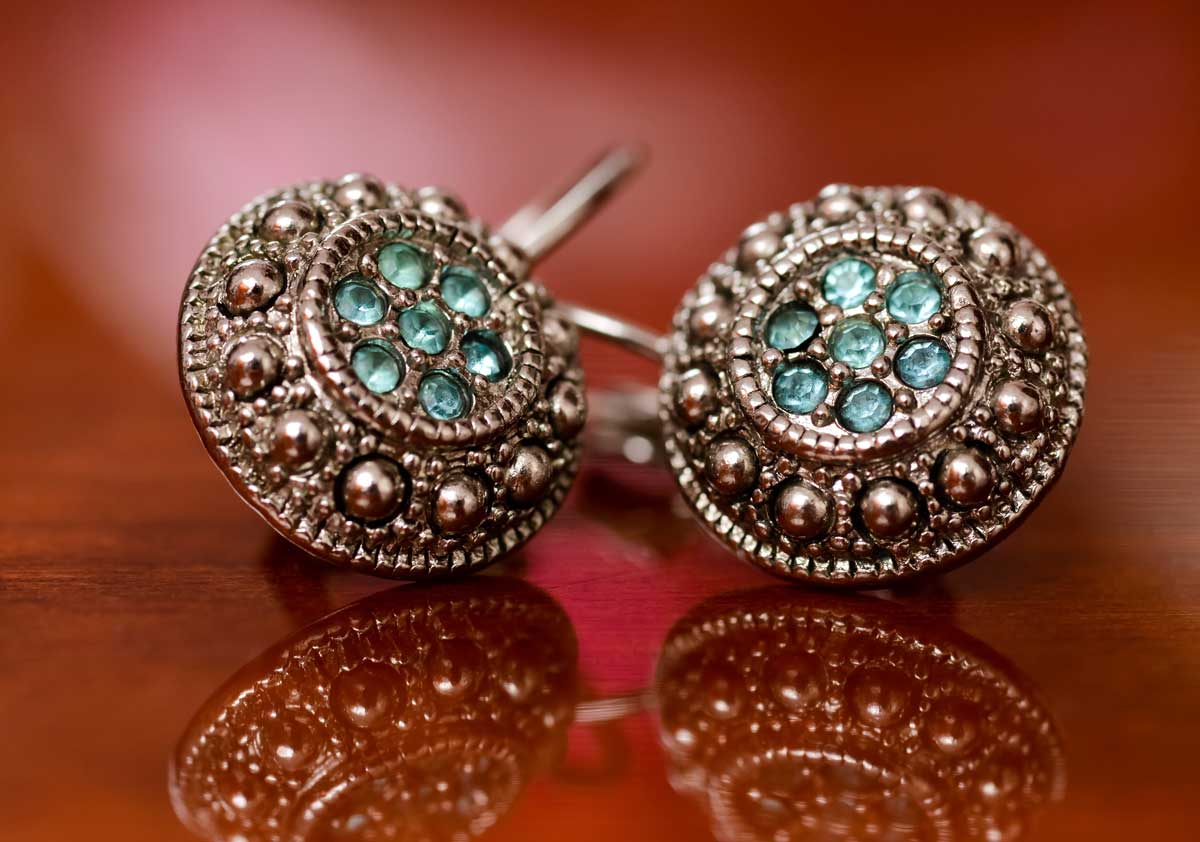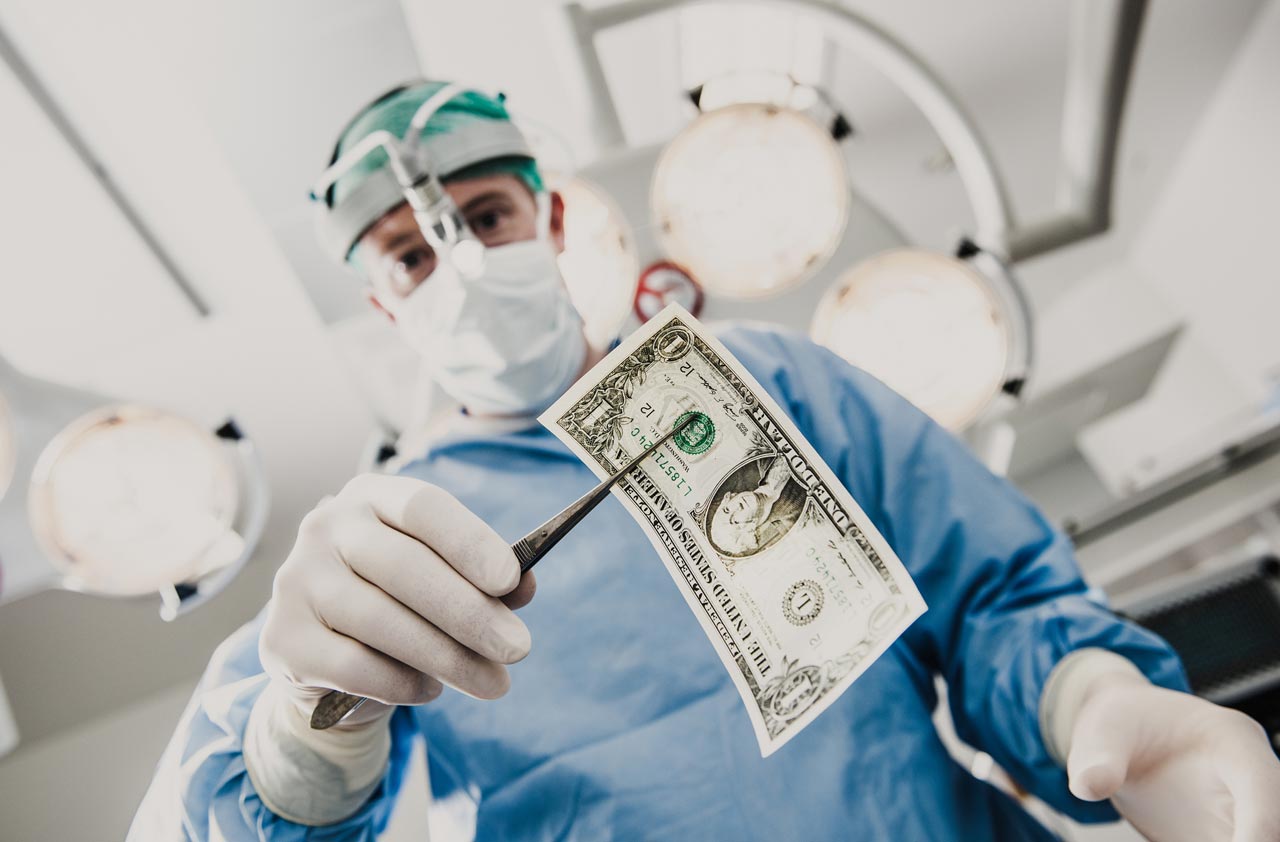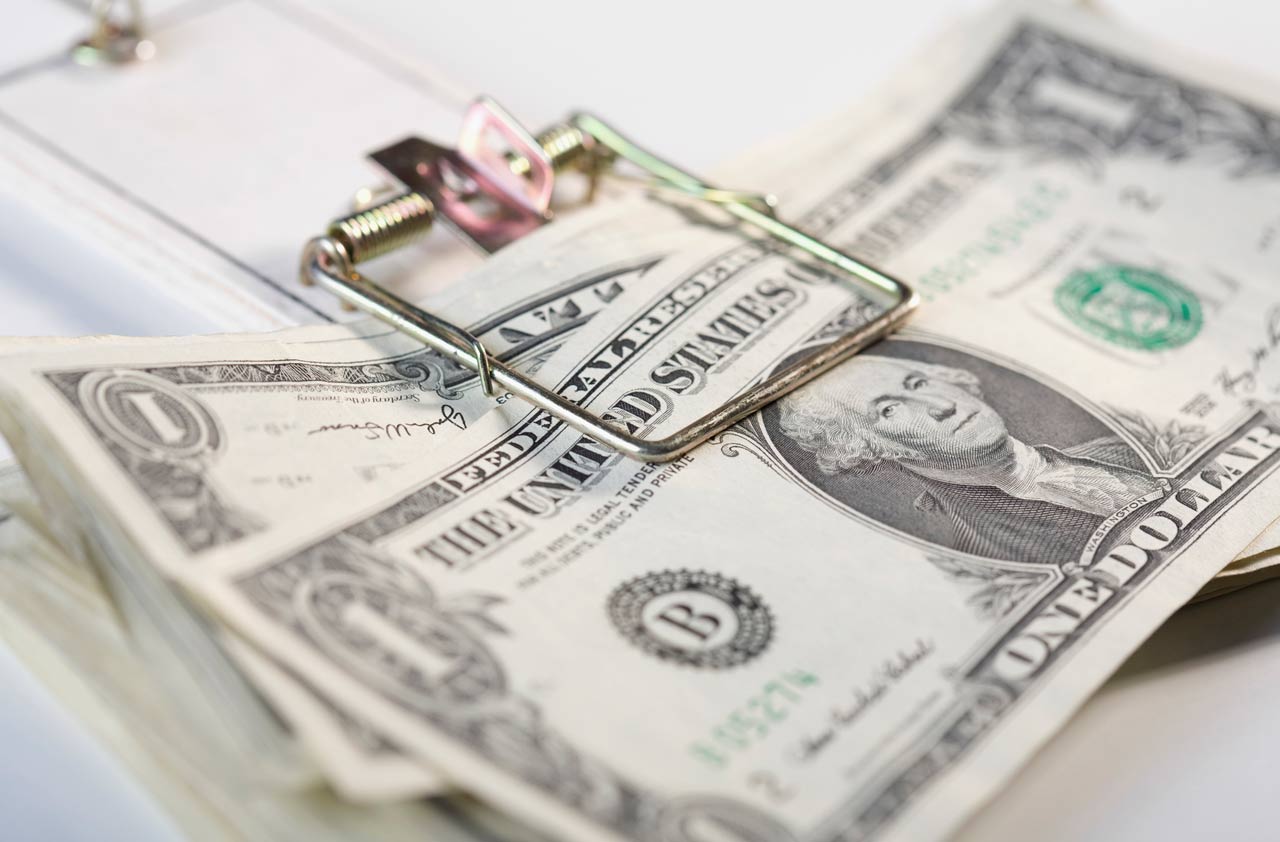Mannequin Eye Contact and Other Ways Retailers Get You to Spend More
To protect your budget while shopping, be aware of the sneaky tricks that will trigger your urge to buy.

Something to think about while holiday shopping: When it comes to buying, your subconscious mind makes the decision several seconds before your conscious mind is aware of it. In other words, your emotional self does the buying. Your rational self, well, rationalizes. “The unconscious mind decides on the red convertible. The rational mind seeks to explain the decision in terms of good gas mileage,” says Roger Dooley, author of Brainfluence: 100 Ways to Persuade and Convince Consumers with Neuromarketing.
Neuromarketers attempt to peer inside our heads to find out what drives a purchase decision. Tools of the trade include eye-tracking technology, electroencephalograms to measure electrical activity in the brain, and functional magnetic resonance imaging, tracking blood flow in the brain to detect areas of activity. But much of the science merely confirms what marketers, advertisers and retailers have known forever: Buyers aren’t convinced; they’re wooed. “You’re entering a zone of seduction as soon as you enter the department store, and the only purpose is to get you to buy more,” says branding guru Martin Lindstrom.
He says the process starts as soon as you walk past the display window. Mannequins never look straight out to the street; they look left or right, the better to make eye contact with you as you walk by. Without realizing it, you feel obliged to stop.
From just $107.88 $24.99 for Kiplinger Personal Finance
Become a smarter, better informed investor. Subscribe from just $107.88 $24.99, plus get up to 4 Special Issues

Sign up for Kiplinger’s Free Newsletters
Profit and prosper with the best of expert advice on investing, taxes, retirement, personal finance and more - straight to your e-mail.
Profit and prosper with the best of expert advice - straight to your e-mail.
Retailers know that your sense of smell is a powerful subconscious motivator. It can trigger cravings, memories or associations that make us linger in a store and influence us to buy. According to the Scent Marketing Institute, we’re likely to browse longer in stores with floral or citrus scents, to feel secure and nostalgic when we smell talcum powder, and to feel relaxed when the scent of lavender or vanilla is wafting. Each piece of department store clothing is tried on an average of nine times, says Lindstrom. So a fresh lemon or grassy scent in the dressing room is meant to distract you from the effects of all who came before you.
The music you hear, if you’re the target customer, will be newer versions of what was popular when you were 18. You’ll recall the feeling of the good old days without feeling stuck in the past. Lighting in clothing departments will be warm and soft, and the clothing may be “vanisized”—manufactured larger than the size on the tag or than the same size in a competing brand. Your perception of value can be skewed by the “contrast effect,” says marketing professor Dipayan Biswas, of the University of South Florida. A $20 shirt seems like a bargain when it’s placed next to $40 shirts. Even the color of the ink used on sale signs matters: Markdowns in red seem more drastic and therefore more compelling.
Tricks of the Trade
Are such retail tricks unethical? Not really, says neuroeconomist Paul Zak, of the Center for Neuroeconomic Studies at Claremont Graduate University. “We’re always trying to manipulate people—for example, when we’re dating someone or raising children. That people with a profit motive manipulate us is not surprising,” he says. And many of the practices are what make shopping enjoyable.
But you can make sure you don’t sabotage your budget. When you shop, clear your schedule and bring a list. People with a plan tend to spend the least, says Stephen Sands, of neuromarketing firm Sands Research; time-pressured shoppers spend more, and more impulsively. Shop alone. Going with a partner increases spending up to 17%, says Lindstrom; with a friend, it goes up between 7% and 9%. Wait before you buy, whether you take a half-hour break or you go home to sleep on a major purchase decision. That allows the cognitive areas of your brain to engage. Remember, they’re a little slow.
Profit and prosper with the best of Kiplinger's advice on investing, taxes, retirement, personal finance and much more. Delivered daily. Enter your email in the box and click Sign Me Up.

Anne Kates Smith brings Wall Street to Main Street, with decades of experience covering investments and personal finance for real people trying to navigate fast-changing markets, preserve financial security or plan for the future. She oversees the magazine's investing coverage, authors Kiplinger’s biannual stock-market outlooks and writes the "Your Mind and Your Money" column, a take on behavioral finance and how investors can get out of their own way. Smith began her journalism career as a writer and columnist for USA Today. Prior to joining Kiplinger, she was a senior editor at U.S. News & World Report and a contributing columnist for TheStreet. Smith is a graduate of St. John's College in Annapolis, Md., the third-oldest college in America.
-
 Samsung Galaxy S25 Ultra for $4.99 a Month: A Closer Look at Verizon’s Deal
Samsung Galaxy S25 Ultra for $4.99 a Month: A Closer Look at Verizon’s DealVerizon’s aggressive pricing makes Samsung’s top-tier phone tempting, but the real cost depends on your plan and how long you stay.
-
 I'm 59 with $1.7 million saved and lost my job. Should I retire?
I'm 59 with $1.7 million saved and lost my job. Should I retire?We asked professional wealth planners for advice.
-
 4 Times to Say Yes to a Roth Conversion and 4 Times to Say No
4 Times to Say Yes to a Roth Conversion and 4 Times to Say NoRoth conversions should never be done on a whim — they're a product of careful timing and long-term tax considerations. So how can you tell whether to go ahead?
-
 Lessons Learned From the College Bribery Scandal
Lessons Learned From the College Bribery ScandalPaying for College Being a snowplow parent who removes obstacles is not the way to raise emotionally healthy, money-smart kids.
-
 To Save More, Tap Into Your Emotions
To Save More, Tap Into Your EmotionsInvestor Psychology Objecs that have special meaning to you could be the key to identifying your savings goals.
-
 Keep Health Care Out-of-Pocket Costs in Check
Keep Health Care Out-of-Pocket Costs in Checkinsurance We asked patient advocates who focus on helping consumers with their medical bills to share some secrets.
-
 Don't Step Into These Saving Traps
Don't Step Into These Saving TrapsInvestor Psychology Some behavioral biases seem tailor-made to foil retirement savers. But their ill effects are smaller for those who are aware of them.
-
 How Should Couples Merge Their Finances While Still Maintaining Financial Independence?
How Should Couples Merge Their Finances While Still Maintaining Financial Independence?spending Share your best advice with fellow readers.
-
 To Be Happier, Favor Experiences Over Things
To Be Happier, Favor Experiences Over Thingsspending While the stuff we own grows old and obsolete, memories of things we did are often burnished with time.
-
 The Keys to Raising Financially Independent Young Adults
The Keys to Raising Financially Independent Young Adultsspending Parents often believe the most recent request for money will be the last, the one that finally launches Junior on the path to success.
-
 What Your Credit Score Says About Your Love Life
What Your Credit Score Says About Your Love Lifecredit & debt A Fed study finds that couples with higher credit scores are more likely to stay together.